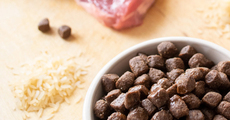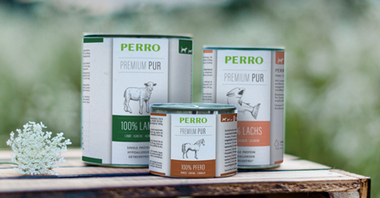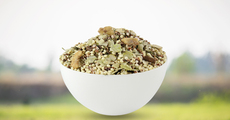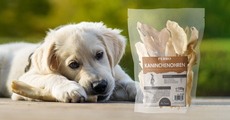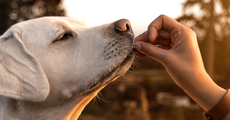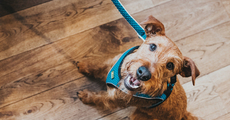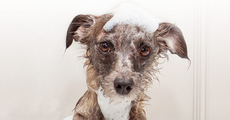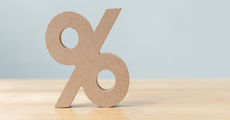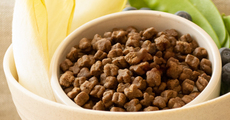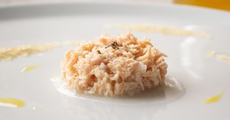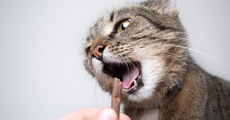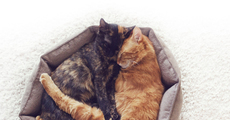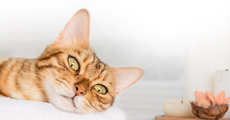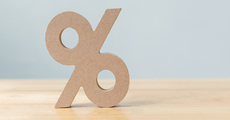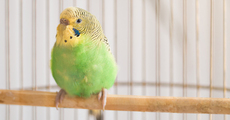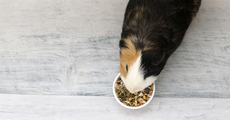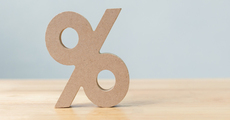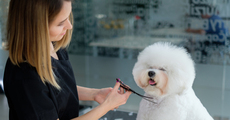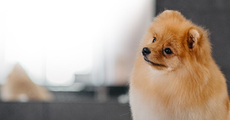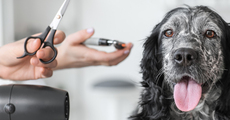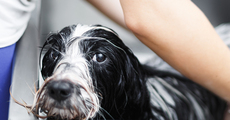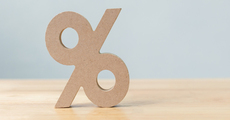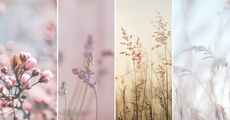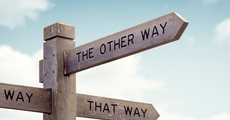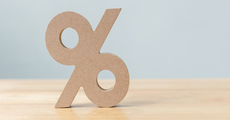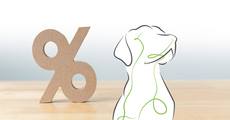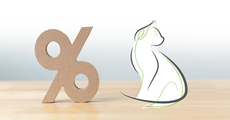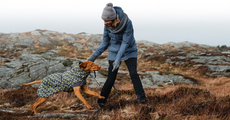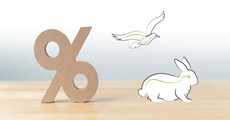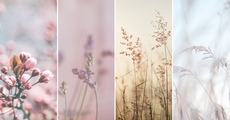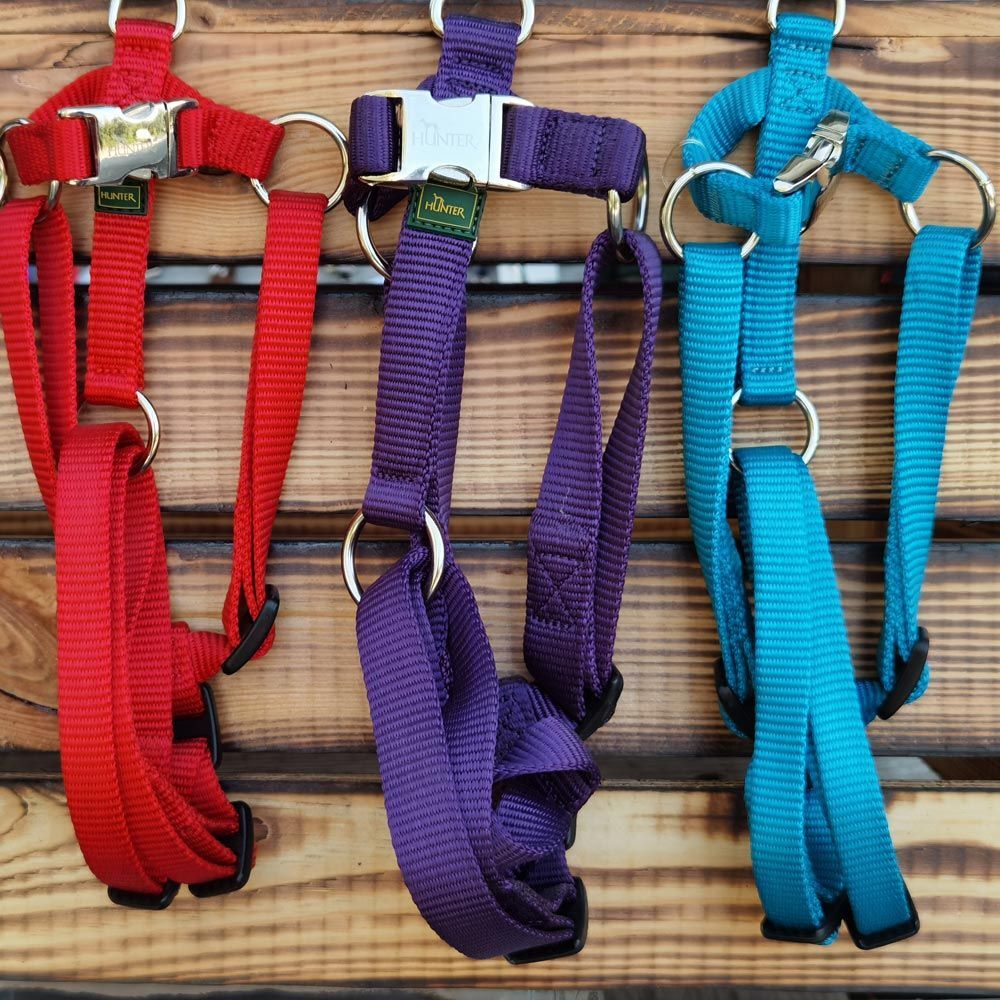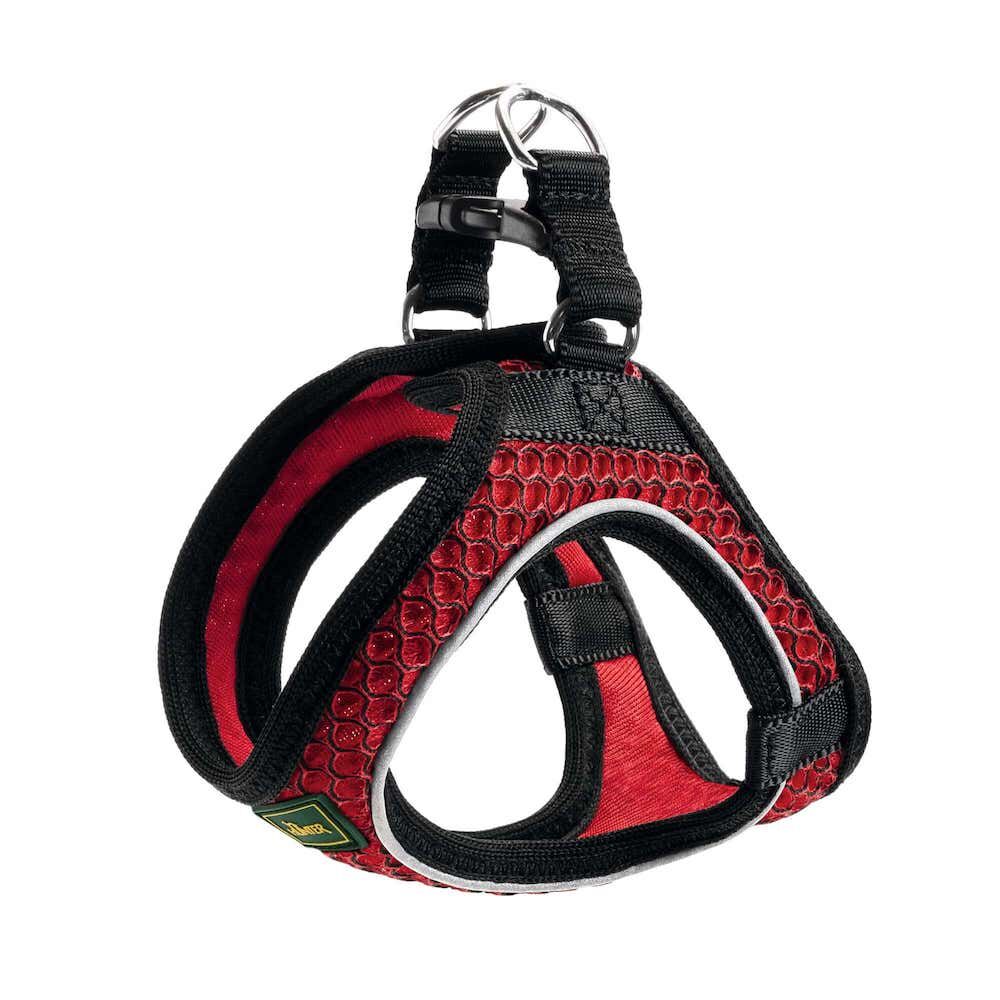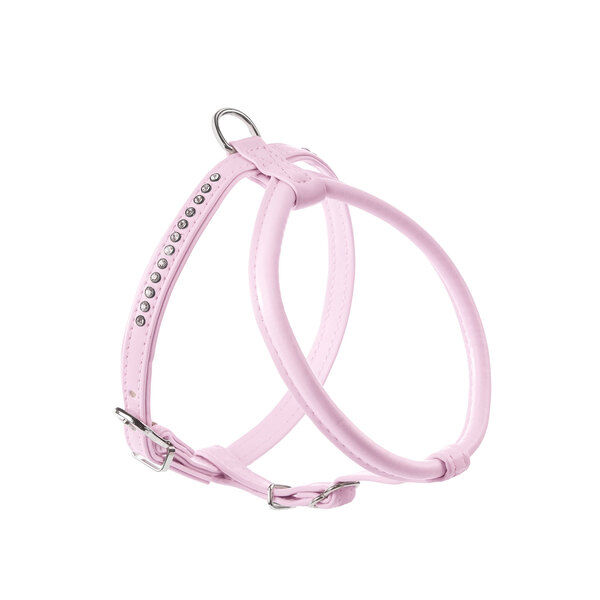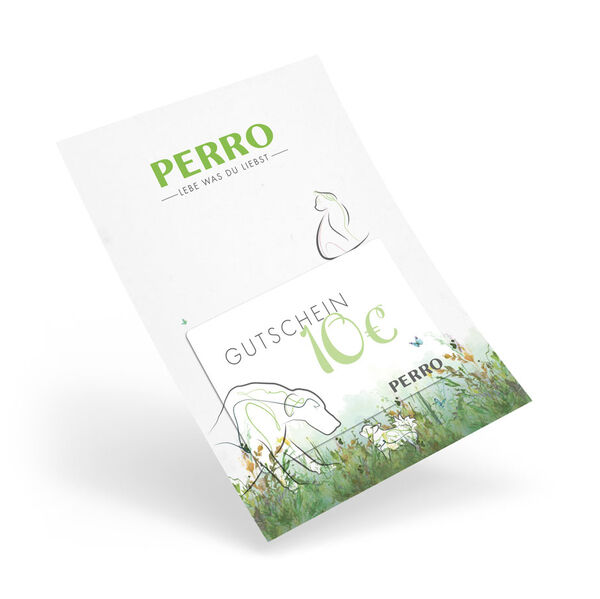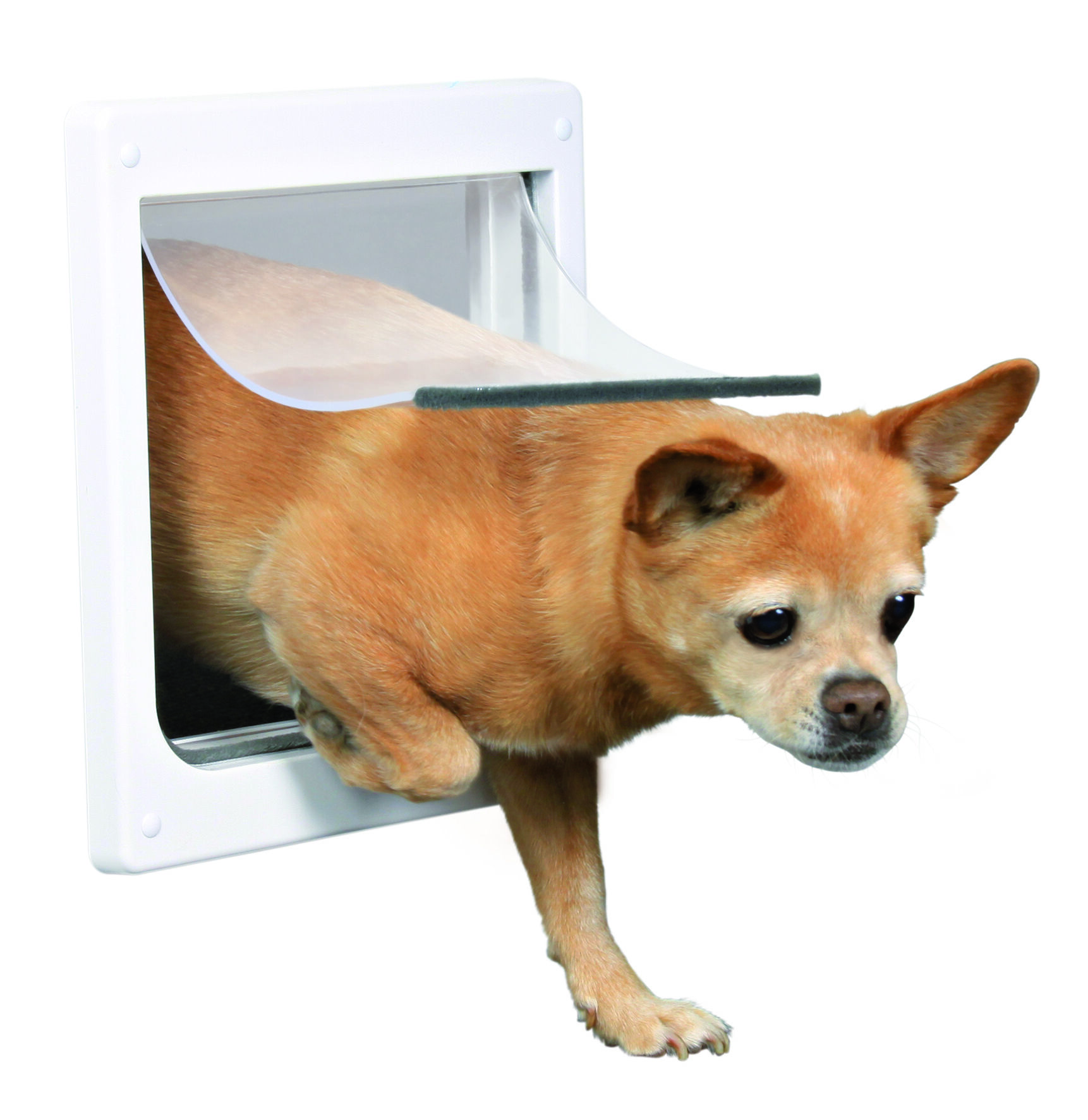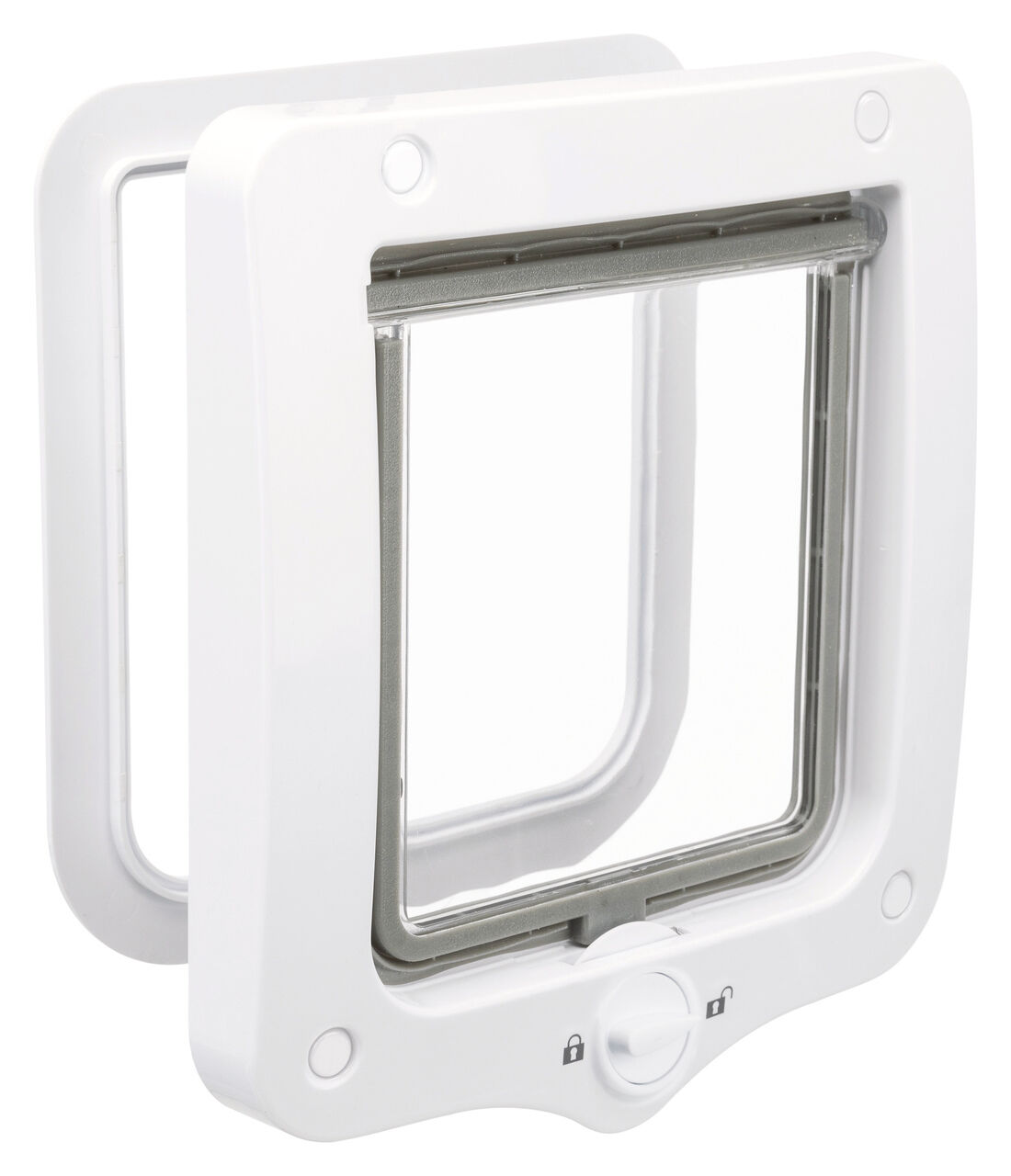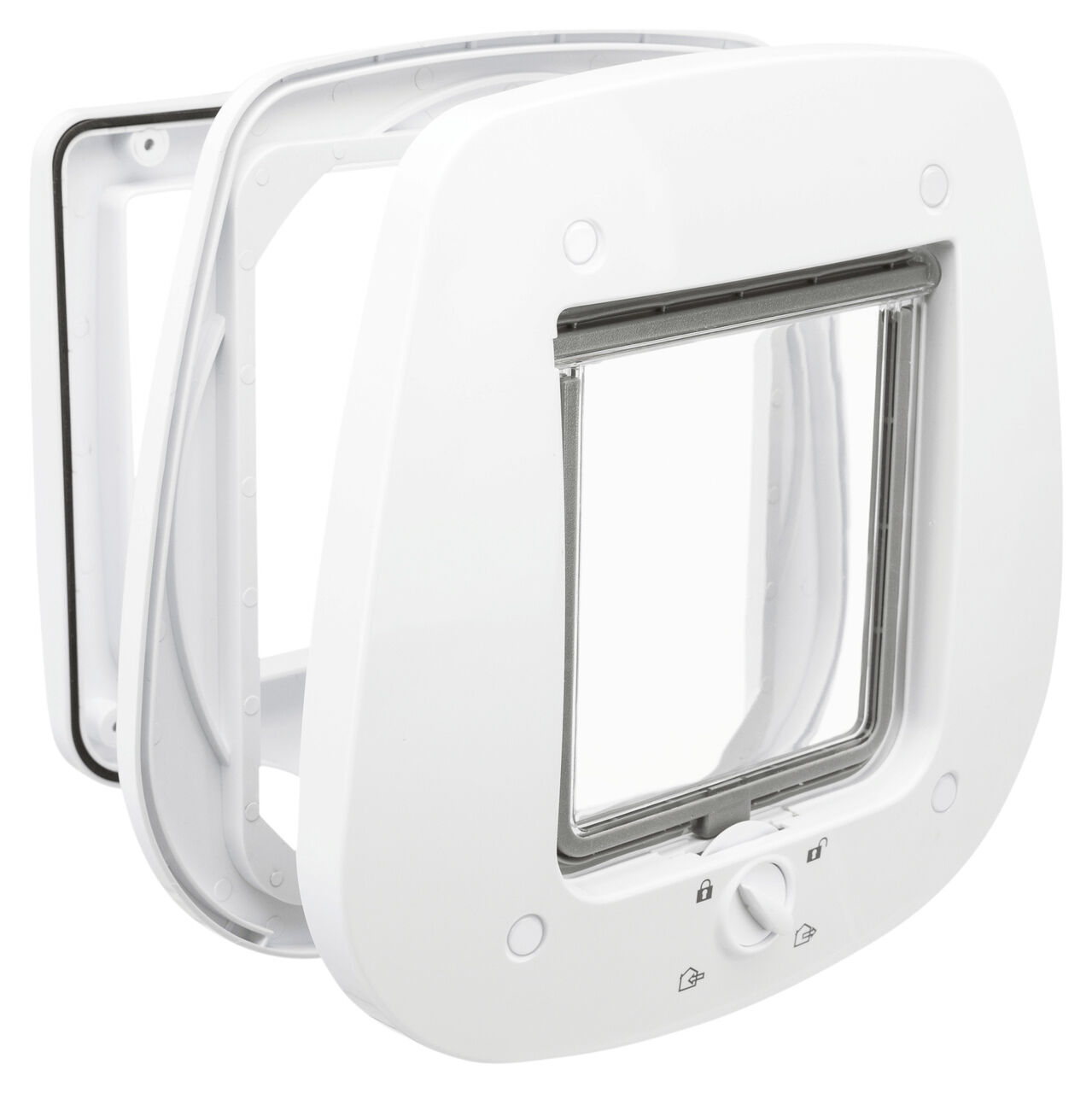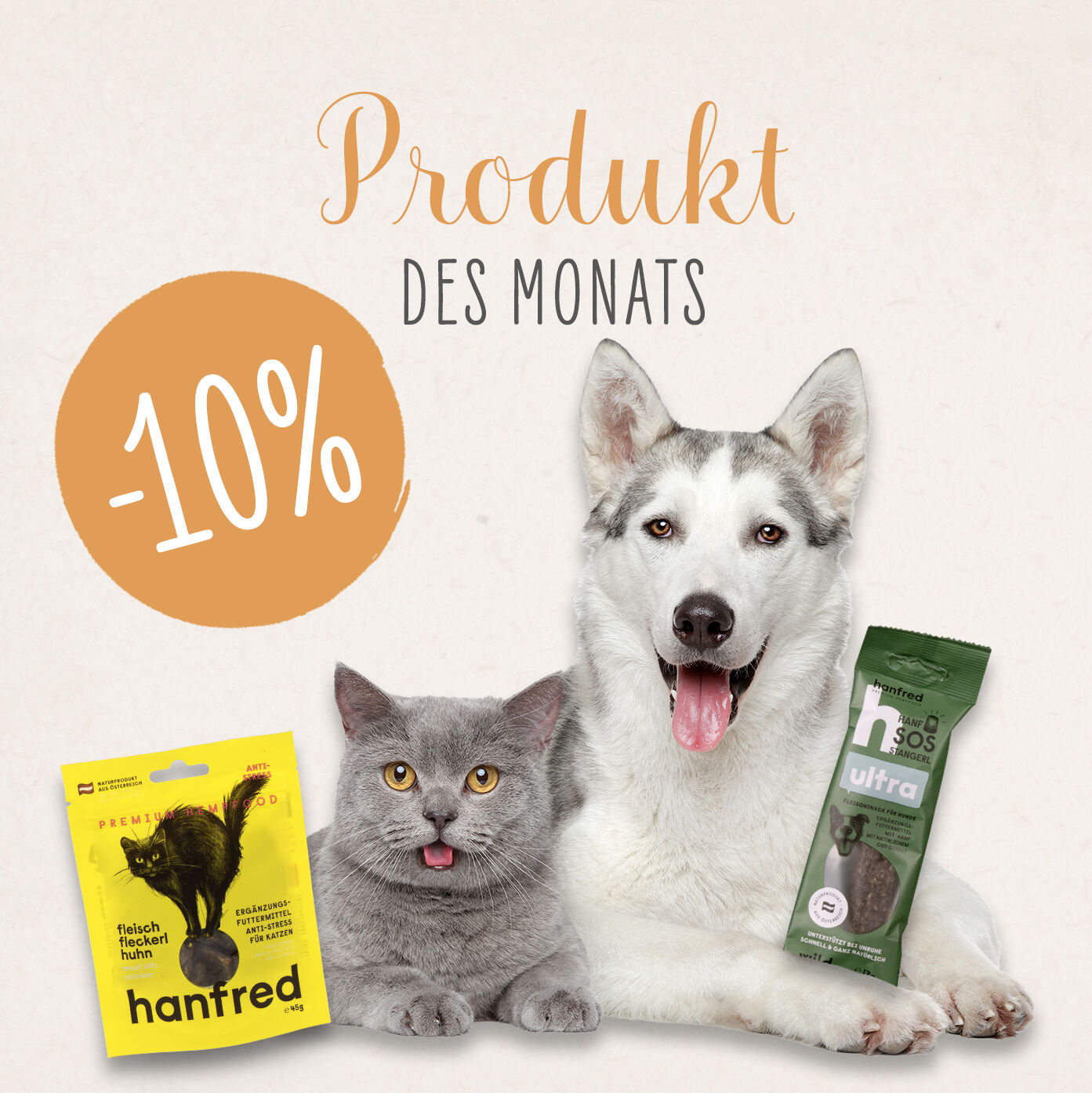Your cat doesn't drink enough? Encouraging cats to drink made easy!
Most cats do not drink enough water. Why this is so and what makes a cat drink more - we explain.
Why do cats drink little?
Cats are naturally poor drinkers! The reason for the drinking behavior of house cats is due to their origin. Today's domestic cats are descended from the African dun cat (Felis silvestris lybica). These lived in a very water-poor area.
However, their body is perfectly adapted to this: their thirst is low and their liquid needs are almost completely covered by their prey. In addition, their kidneys are extremely powerful and can filter waste products even with only a little liquid.
Why do cats prefer to drink running water?
The origins of our domestic cats lie in the dry areas of Palestine and Mesopotamia. In warm countries, really clean water is usually only available from flowing water. Stagnant water, on the other hand, often has health-threateningly high germ counts.
Now those cats, which preferred the flowing and clean water to the germy water, were clearly in the advantage. This natural selection still influences their drinking behavior today. They follow their instinct and therefore prefer running water. So that's where the preference of many cats to drink directly from the tap comes from.
How much water should a cat drink per day?
The average water requirement of an adult cat is about 50 ml per kg of body weight. A cat weighing 5 kg must therefore drink a quarter of a liter of liquid. However, this is only a guideline. Each cat is individual and therefore the need can of course vary greatly.
What happens when the cat drinks too little?
The cat doesn't drink enough? Unfortunately, this can have health-relevant consequences. Especially the kidneys are put under a lot of strain. As a detoxification organ, it is dependent on water in order to be able to remove waste products. In the worst case, this leads to chronic kidney disease. Urinary tract diseases, urinary stones and kidney stones are also consequences of water deficiency.
The formation of urinary stones and urinary gravel is extremely favoured by too little fluid. Small crystals that already exist are not rinsed out sufficiently and then enlarge in further succession. This is because the cause of their formation is urine that is too highly concentrated , and this is caused by a lack of water. The dreaded struvite or calcium oxalate stones are the result. And such stones can block the urethra in the worst case. Toxins can no longer be excreted and a life-threatening backflow into the kidneys occurs. The only thing that can help here is a quick emergency operation.
Can the liquid requirement of the cat be covered with wet food?
The water content of wet food is usually around 80%. This means that the water requirement of the cat is almost covered when feeding wet food alone . To illustrate this and make it easier to understand here is a practical example:
| Wet food | PERRO Cat Supreme Adult |
|---|---|
| Weight cat | 5 kg |
| Daily water requirement | 250ml |
| Recommended food quantity | 300 g |
| Assumed water content: | 79,2 % |
| Amount of water ingested with wet food: | 300 x 79.2%=237.6 ml |
How can you tell that the cat has not drunk enough?
Controlling the amount a cat drinks is relatively difficult. There are some signs that indicate that the cat is dehydrated:
- Sunken eyes
- Loss of appetite
- Dry gums
- Strong smelling urine
- Little liquid left in the litter tray
Encouraging cats to drink: Tips on drinking fountains and co
So what should you do to make your cat drink more? As individual as every cat is, so is its preference when it comes to water intake. The following principle applies: "The proof of the pudding is in the eating". Simply test different measures and observe which ones the cat accepts well. In addition, you should always be prepared for the fact that the cat changes its mind and an adaptation becomes necessary.
- Cat drinking fountain: running water encourages many cats to drink more. Inspiration and information can be found here
- Ice cubes: many cats love ice cubes and like to lick them. A top tip especially for hot summers!
- Add two to three tablespoons of water to wet food . About 3 meals a day would be ideal.
- Moisten dry food: a spray bottle is best for this.
- Offerseveral drinking opportunities throughout the home - also from different bowls and containers.
DRUNK ENOUGH?
Skin wrinkle test
Do the skin fold test!
To do this, carefully take a skin fold on the side of your cat with your thumb and index finger and gently squeeze it for a few seconds.
Water balance OK
Then release and observe: if the skin fold goes directly back to the starting position, this is an indication that the water balance of the cat is correct and it has absorbed enough fluid.
Drink more
However, if the skin fold remains or retracts very slowly, this is a sign that the cat has not taken in enough fluid and it is imperative to add more water.
...and even more tips
- Flavour the drinking water: chicken broth (salt-free), tuna water or a teaspoon of lactose-free milk or cat's milk are suitable.
- Strict separation: Keep food, water and the litter tray as far apart as possible. Cats do not like to drink where they eat.
- Always fresh: Change the water several times a day.
- No chlorinated water: Cats usually do not drink chlorinated water. Still mineral water creates a viable alternative here.
- The right temperature: there is no such thing as the right temperature, so it is important to find out whether the cat prefers room temperature water or cold.
- "Stale water": sounds absurd now, but there are also cats who like stale water .



